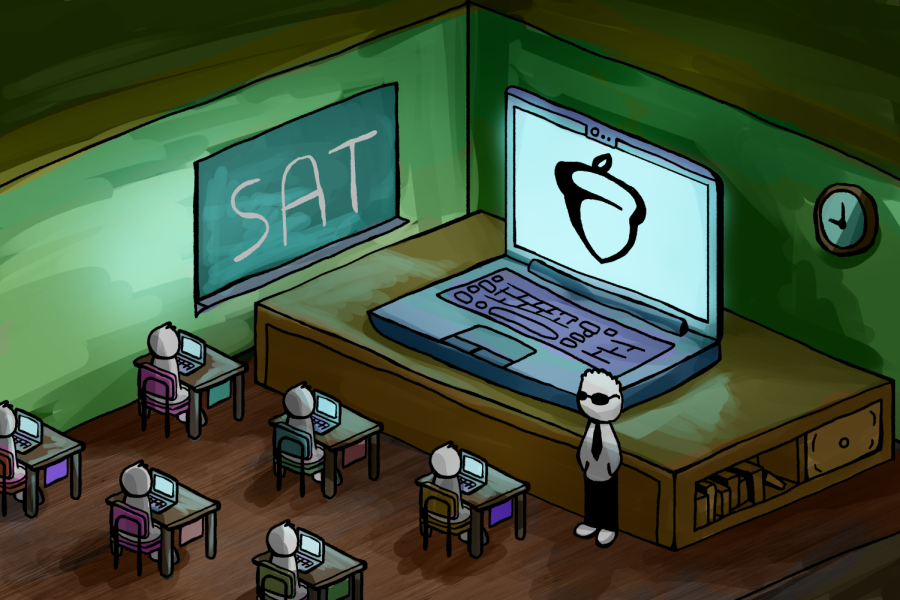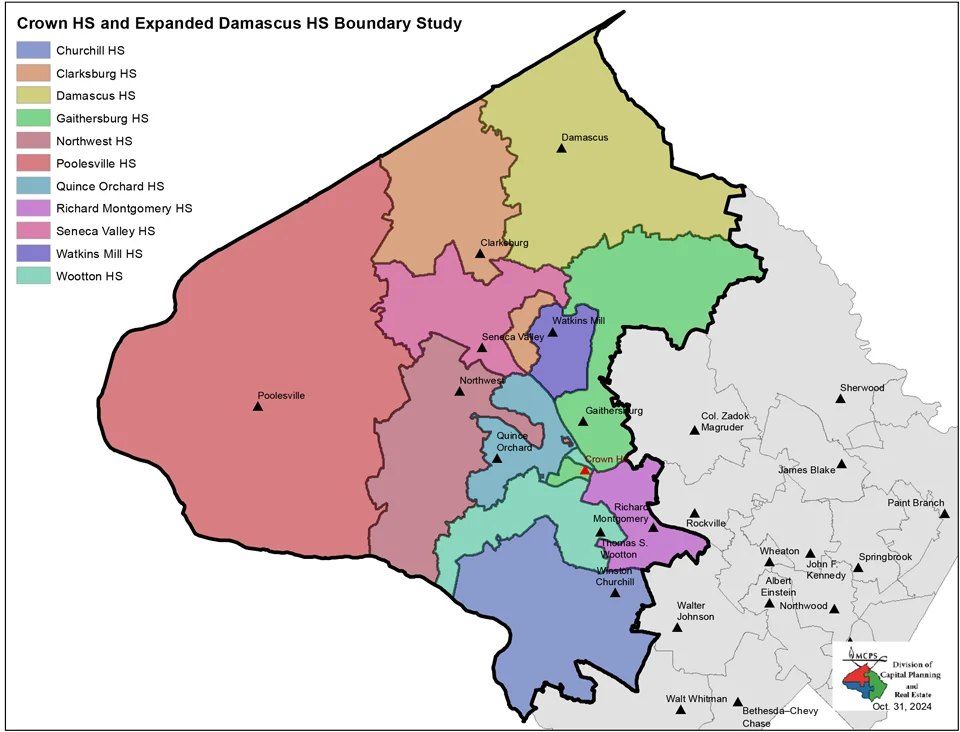On January 25, 2022, College Board announced their plan to move the Scholastic Aptitude Test, or SAT, to a completely digital format starting in March 2024. This change comes after the same international reset in March 2023.
The College Board intends to make the digital SAT simple in terms of time and resources by no longer requiring test administrators to pass out equipment and limiting the amount of pre-test instruction given to test-takers. The online format will also increase test availability and security by distributing a unique test to each student, said Priscilla Rodriguez, the College Board’s Vice President of College Readiness Assessments.
“The digital SAT will be easier to take, easier to give and more relevant,” Rodriguez said.
Michelle, a representative from China’s digital SAT pilot test center, said that the new format will greatly affect the structure and length of a test day.
“A digital SAT test day is much faster,” Michelle said. “The highlight for me is that at the end of the test day, [there is] no packaging of paper and tests, no forms to fill out and I didn’t have to spend another half hour at the test center just to make sure that things are done.”
The new SAT has two modules — Reading & Writing and Math — instead of the traditional three sections of Reading, Writing and Math. The mathematics module will progressively get more rigorous as one answers questions correctly, allowing the test to fit each student’s academic ability and skills.
AP Language and Composition and Honors English 10 teacher Matthew Bruneel says the design of the original SAT may inhibit the success of specific groups of students.
“We know [the SAT] already has a lot of structural issues where people who come from a certain culture are naturally adapted to succeeding on it and those who aren’t a part of that majority are more likely to fail,” Bruneel said. “Does boiling [the reading section] down make it more fair or less fair?”
The SAT grading scale will remain the same — a low of 400 and high of 1600 — to allow students to measure their growth over time, avoid test score inflation and prevent college admission officers from comparing two SAT scales when reviewing applications.
The College Board hopes that the new structure will prevent students’ loss of focus and energy during testing, Rodriguez said. The digital test takes roughly two hours and 14 minutes to complete rather than the original three-hour test. Due to its digital format, the new SAT will include a countdown timer on each test-taker’s screen. The College Board stated they also tried to make the reading and math sections more direct by eliminating long passages for students to analyze and using more direct word problems.
Junior Nicole Ishak plans to take the digital SAT next spring and is happy with the change to the test length.
“I’m so glad that the online version is going to be shorter because the timing has always intimidated me,” Ishak said. “I was originally going to [take it] in October before it goes digital but this seems so much better.”
In addition, the College Board announced that it will allow test takers to see their scores within days rather than weeks after taking the test. The accelerated time frame gives students more time to determine whether they should retake the test, and provides a longer period for students to decide which scores to send to colleges, Prep Scholar educator Meilee Bridges said in an article for PrepScholar.
Many students may decide to take the other main college entry exam, the American College Test (ACT) in conjunction with or instead of the SAT. The ACT provides the option of taking the test both on paper and digitally, which was partially why Junior Maria Urzua chose to take it in lieu of the SAT.
“I already knew that I wanted to take the ACT instead after I took a PSAT and realized it wasn’t for me,” Urzua said. “I also prefer a paper [test], so that’s another factor.”
The College Board will release scores and reveal the effect of the digital format on test-takers after the first United States trial in the spring of 2024. Matthew Pietrafetta, the founder & CEO of Academic Approach, a college test prep organization, says the digital SAT will result in positive outcomes if students continue to prepare in the same way as they did for the paper format.
“College Board is highlighting that the content will still largely be the same as it is now,” Peitrafetta said. “If students approach these tests with a healthy perspective, they will continue to grow scores and skills, as always.”


















